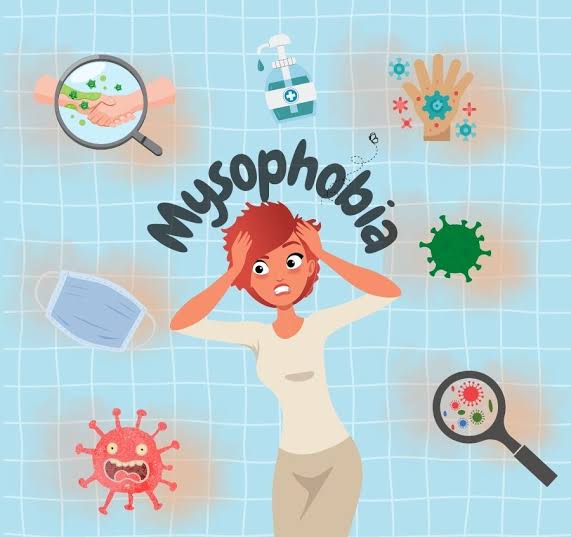Mysophobia, also known as germophobia, is a common yet debilitating phobia characterized by an irrational fear of germs. In this article, we explore the causes, symptoms, and effective strategies for managing mysophobia to lead a healthier and more balanced life.
Understanding Mysophobia:
Mysophobia is an excessive fear of germs or contamination. Individuals with this phobia may engage in compulsive cleaning or avoidance behaviors to minimize their exposure to germs, leading to significant distress and disruption in their daily lives. This fear can stem from various factors, including past traumatic experiences, media influences, or a predisposition to anxiety disorders.
Symptoms and Impact:
Symptoms of mysophobia can vary in severity and may include obsessive thoughts about contamination, compulsive handwashing or cleaning rituals, avoidance of public places or situations perceived as unclean, and heightened anxiety or panic attacks when confronted with germs. The fear of germs can significantly impact one’s ability to function in social, work, or personal settings, leading to isolation and impaired quality of life.
Causes of Mysophobia:
The exact causes of mysophobia are not fully understood but may involve a combination of genetic, environmental, and psychological factors. Traumatic experiences involving illness or contamination, such as a severe bout of food poisoning, may contribute to the development of this phobia. Additionally, cultural influences and media portrayals of germs as dangerous or dirty can reinforce existing fears.
Treatment Options:
Treatment for mysophobia typically involves a combination of therapy and medication. Cognitive-behavioral therapy (CBT) helps individuals identify and challenge irrational thoughts and beliefs about germs, while exposure therapy gradually exposes them to feared situations in a controlled manner to reduce anxiety. Medication, such as selective serotonin reuptake inhibitors (SSRIs), may be prescribed to help manage symptoms of anxiety or obsessive-compulsive disorder (OCD).
Strategies for Managing Mysophobia:
Practice good hygiene: Maintaining proper handwashing and hygiene practices can help reduce the risk of illness and alleviate anxiety related to germs.
Gradual exposure: Gradually exposing oneself to germs in safe and controlled environments, under the guidance of a therapist, can help desensitize individuals to their fear over time.
Seek support: Joining a support group or seeking guidance from a therapist who specializes in treating anxiety disorders can provide valuable encouragement and assistance in managing mysophobia.
Conclusion:
Mysophobia can be a challenging phobia to overcome, but with the right support and treatment, it is possible to regain control and lead a fulfilling life. By understanding the causes and symptoms of mysophobia and implementing effective coping strategies, individuals can learn to manage their fear of germs and experience greater freedom and peace of mind in their daily lives.
Source – Cleveland Clinic



